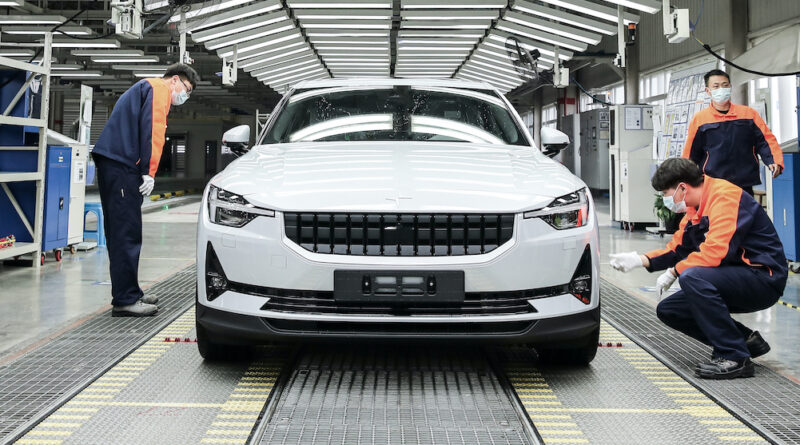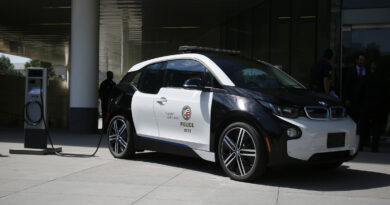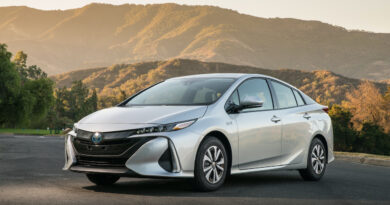Come clean on EV climate impact urges Polestar
The Swedish-Chinese EV maker Polestar has revealed its first battery electric car has almost double the carbon footprint in the manufacturing phase of an equivalent ICE vehicle and will take at least 50,000km to redress the balance.
The figures were revealed by Polestar as it called on the rest of the automotive industry to join it in publishing the full climate impact of their vehicles.
Owned by China’s Geely and a sibling of Volvo, Polestar has recently started the roll-out of its first EV, the Polestar 2.
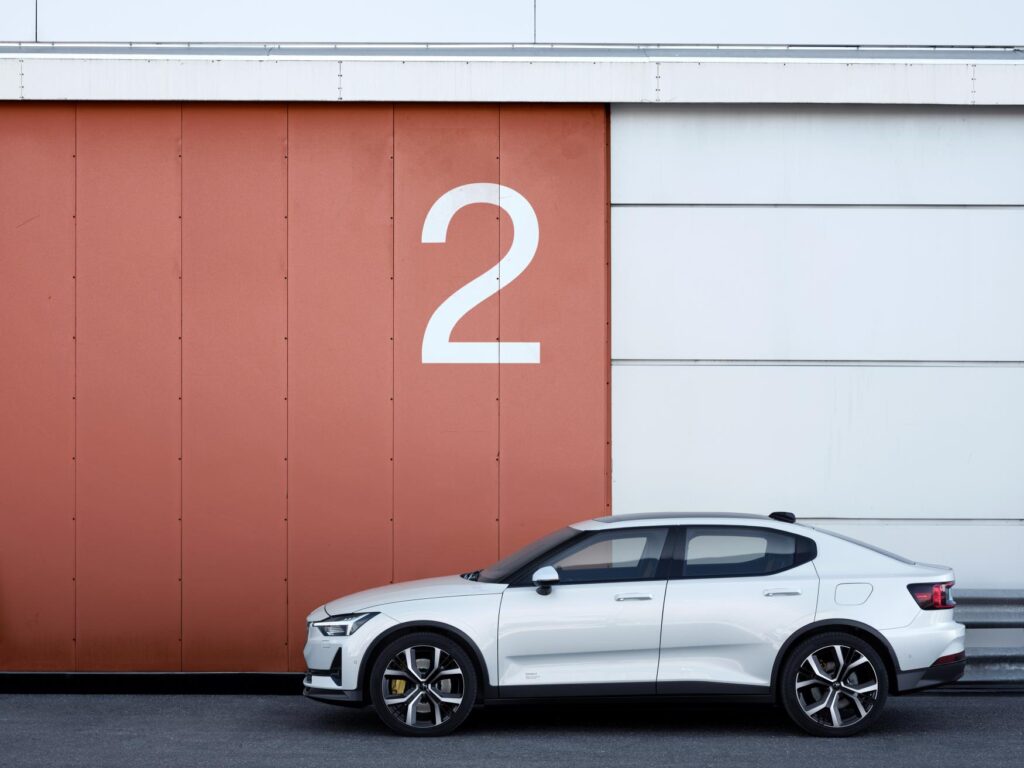
As of this week it has started publicly revealing a headline number that shows the climate impact of EVs as they leave the production line and the total climate impact of its cars over their lifecycle.
“Car manufacturers have not been clear in the past with consumers on the environmental impact of their products,” said Thomas Ingenlath, Polestar CEO.
“That’s not good enough. We need to be honest, even if it makes for uncomfortable reading.”
Ingenlath is right on that, as Polestar’s own calculations show the 2 is not as green as a Volvo XC40 powered by a petrol engine both in the manufacturing phase and for at least the first 50,000km of running.
The Polestar study shows the 2 generates a 26-tonne carbon footprint compared to the XC40’s 14-tonnes in the manufacturing phase, mainly due to the energy-intensive battery production process.
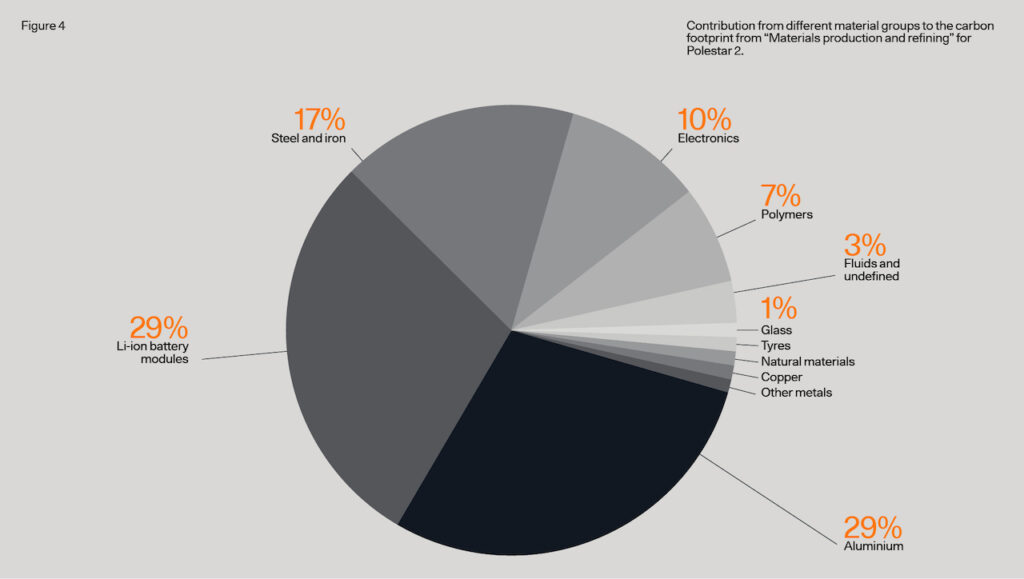
Once the EV reaches the customer, if charged with green energy, further carbon-dioxide equivalent emissions (CO2e) are negligible. After 50,000 km of driving, the fossil fuel car surpasses the EV in total CO2e emissions.
However, that’ a best case scenario based on using wind power. On what Polestar calls a global power mix the CO2e breakeven is 112,000km and on a European power mix it’s 78,000km.
CO2e is a term describing different greenhouse gases in a common unit.
“The message is clear,” said Ingenlath. “Electric vehicles offer a route to climate neutrality and we will use the insights from this report to reach that goal.”
Polestar says there is a lack of transparency across the automotive industry that makes it impossible for a consumer to compare the climate impact of different cars.
One significant issue is that there is a range of different calculations used for life cycle assessments by various car makers.

Polestar is making its entire methodology public and is now asking other car makers to open up and be more transparent.
“Fragmentation will only lead to confusion. Car manufacturers have to come together and be more transparent,” said Fredrika Klarén, Head of Sustainability at Polestar.
“What we’re saying at Polestar is, as an industry, let’s help consumers make the right choice.”
The full methodology for Polestar’s life cycle assessment and the analysis of the Polestar 2 carbon footprint can be found here.

